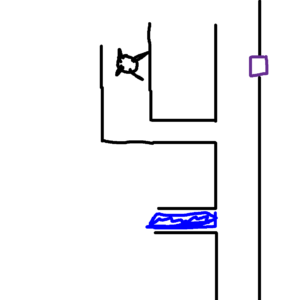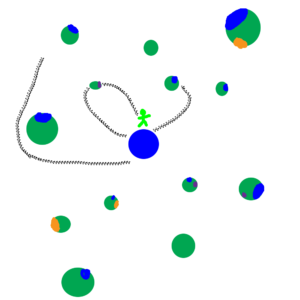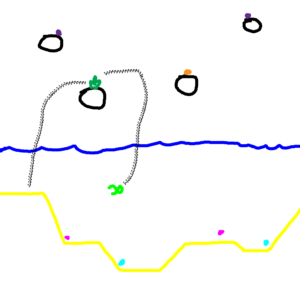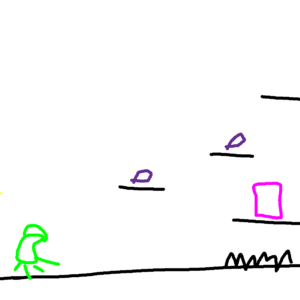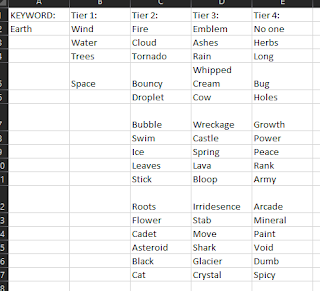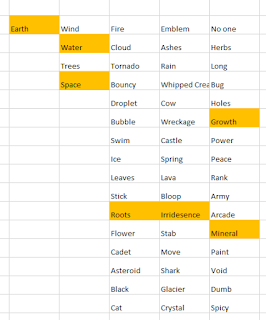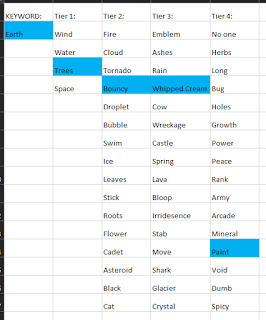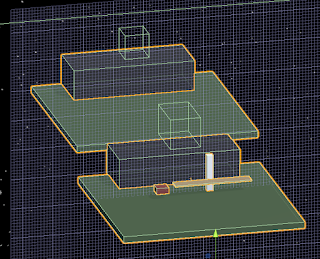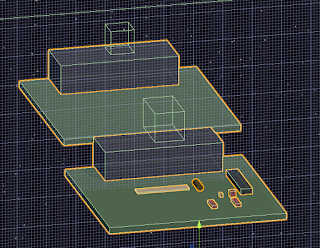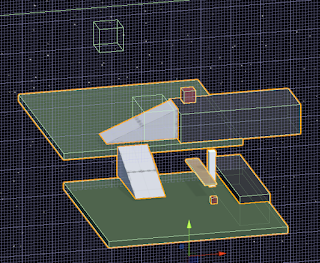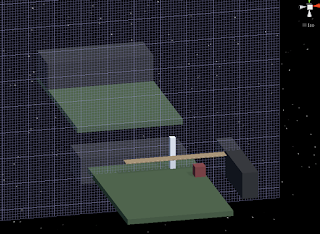April 27, 2020
Architecture AI Project
Building Architecture Value to A* Cost Class
Math for Calculating A* Cost with Architecture Value and Agent Affinity Integration
I needed to translate agent affinities for architectural elements and their interaction with the architectural values themselves found in the nodes throughout the A* grid into cost values to integrate them with A*’s pathfinding logic. With this I wanted to create a class that is constantly available to contain all the math and constraints for dealing with this cost translation.
Class MathArchCost
The class MathArchCost was created to fulfill this purpose. It is a public class with a public static instance to make it readily available for other classes to acces it to perform calculations or check for minimum and maximum values. I decided to go this route instead of a directly public static class overall because I wanted to make an instance of this object that I could edit in the inspector during building time to tweak and test values. I may investigate routes of editing a truly static class in the inspector in the future.
Relationship Between Agent Affinity and Architectural Value
I was looking to make a system where agents that high a very high affinity for a particular architectural element would be drawn to those nodes with that architectural value type, and more drawn to it the higher its architectural value. Similarly, I wanted a very low affinity for an architectural element type to drive them away from nodes with that type of architectural value, and even more so from those with high values in that type. These different types can be examples like: window, light, narrowness, etc.
To solve this, I decided to look into using a basic formula that takes an input of agent affinity and outputs a “cost per architectural value” value. This way high affinities would create very low or highly negative rates (because lowering cost is what persuades an agent to move to a node) and low affinities could be associated with high cost rates. Incorporating it with a rate helps influence the idea that the more of an architectural element in a node will have a greater impact on the overall cost.
Default Architectural Cost
Architectural cost is the resulting cost on a node for a particular agent accounting for their affinity and the node’s architectural values, which is then incorporated into the overall cost calculations for A* pathfinding to determine how “good” the agent perceives traveling on this node is. Since subtracting values can have very strange or unwanted results sometimes, I did not want to initially start by having certain affinity and architectural value combinations removing cost from the node’s overall cost. To circumvent this, I added a “default architectural cost” to each node, that can be increased or reduced by the affinity/architectural value relationship (without lowering below 0).
Summarizing Architectural Cost from Architectural Value and Agent Affinity Relationship
So the overall concept is that every node has some cost used in the A* pathfinding. An additional cost, Architectural Cost, was created to account for the agent affinities and architectural values of the nodes. An architectural cost is added to every node, starting with the default cost, and either reducing it (to a possible minimum of 0) with very high affinity and very high architectural value, or raising it, with an arbitrary ceiling determined by the max possible affinity in the system and the max possible architectural value a node can have. It is more important to ensure that the cost never dips below 0 that restricting the upper limit.
Next Steps
I have already looked into putting these values together in a precise mathematical relationship which I will be looking to explore in my next blog post. I am looking to finally integrate this into the A* pathfinding system and test this on agent’s with a single architectural affinity type (with various values) and adding varied architectural values of that type to nodes throughout the A* grid and seeing if the results are in the direction I expect, and how processing intensive it is. We only need to test a single agent at a time currently, so it can be a rather expensive process if needed, but it still needs tested and gives me concern to add to the cost determination process.

